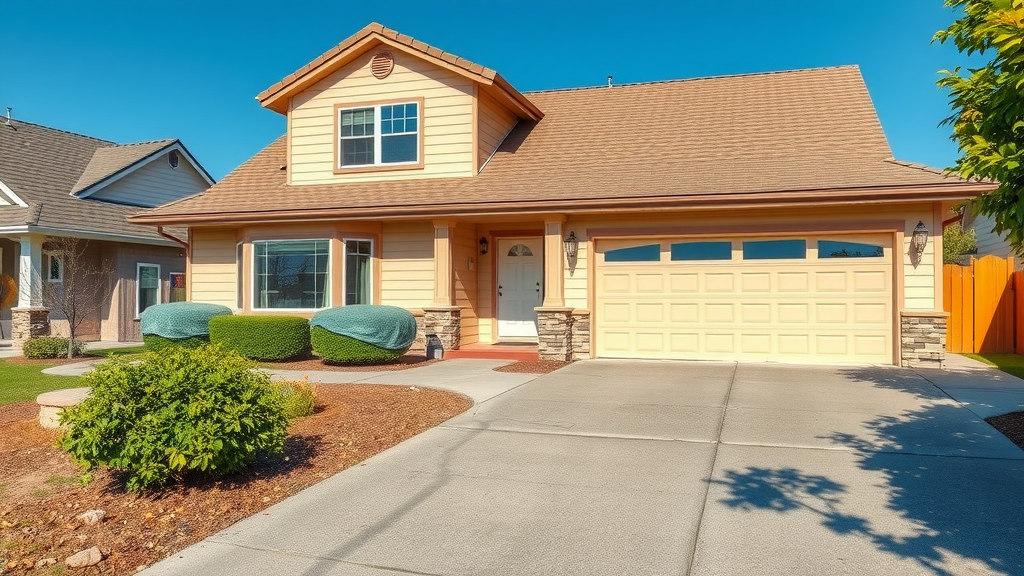Did you know that failing to
protect your home interior during roofing
can result in thousands of dollars in repairs caused by dust, debris, and vibration damage? Ensuring your home’s interior stays safe during a roof replacement is vital to avoid costly and stressful aftermaths.
This detailed guide will walk you through everything you need to safeguard your attic, walls, belongings, and overall home environment throughout your roofing project. From preparing your property to communicating effectively with contractors and neighbors, we’ve got you covered.
Startling Facts About Roof Replacement and Protecting Your Home Interior
Roof replacements are essential but often overlooked as a risky time for home interiors. Many homeowners underestimate the extent of dust infiltration, falling debris, and vibration effects that roofing work can have inside the home. According to roofing professionals, improper protection can lead to damaged attic items, cracked fragile belongings, and even long-lasting staining on interior walls.
Understanding the stakes is a crucial step to adequately protect home interior during roofing.
Overview of Protecting Your Home Interior During Roofing Projects
Protecting your home interior during roofing requires a proactive mindset and thorough preparation. The process involves clearing and covering vulnerable areas, ensuring safe environments for pets and family members, and maintaining clear communication with your roofing crew and neighbors. John Petrozzi, of Fiddler Roofing, explains, Taking proactive measures to protect your home interior during roofing projects can save homeowners thousands in repair costs and stress. This comprehensive approach helps create a barrier against dust, debris, and vibrations while preserving your home’s safety and comfort.
Understanding the Risks to Your Property During a Roof Replacement
A roof replacement exposes your home to several interior risks. Dust and debris can permeate through attic vents and small openings, settling on stored belongings and delicate furnishings. Vibrations caused by heavy equipment and hammering can cause fragile items to shift, crack, or fall. Additionally, if proper coverings and clearances aren’t applied, drywall and painted surfaces may suffer from scuffs or even punctures. Recognizing these hazards early empowers homeowners to take informed, effective protective actions.
For homeowners considering different roofing materials or facing unique property layouts, understanding the nuances of flat, low-slope, and metal roofing can further inform your protection strategy. Explore the specific considerations for these roof types in
this guide to flat, low-slope, and metal roofing solutions
.
Preparing Your Property During a Roof Replacement Process
Proper preparation is key when you want to protect home interior during roofing. It’s essential to tackle the preparation inside and outside the house systematically to ensure maximum coverage and reduce potential damage.
Clearing the Area: Driveway, Yard, and Landscaping Protection
Start by clearing the driveway and yard of vehicles, patio furniture, and any outdoor equipment that could get damaged or obstruct the roofing crew. Cover or relocate delicate plants and remove garden ornaments near the house to prevent harm from falling debris or heavy foot traffic. These steps create a safe workspace around your home and protect your landscaping investments.
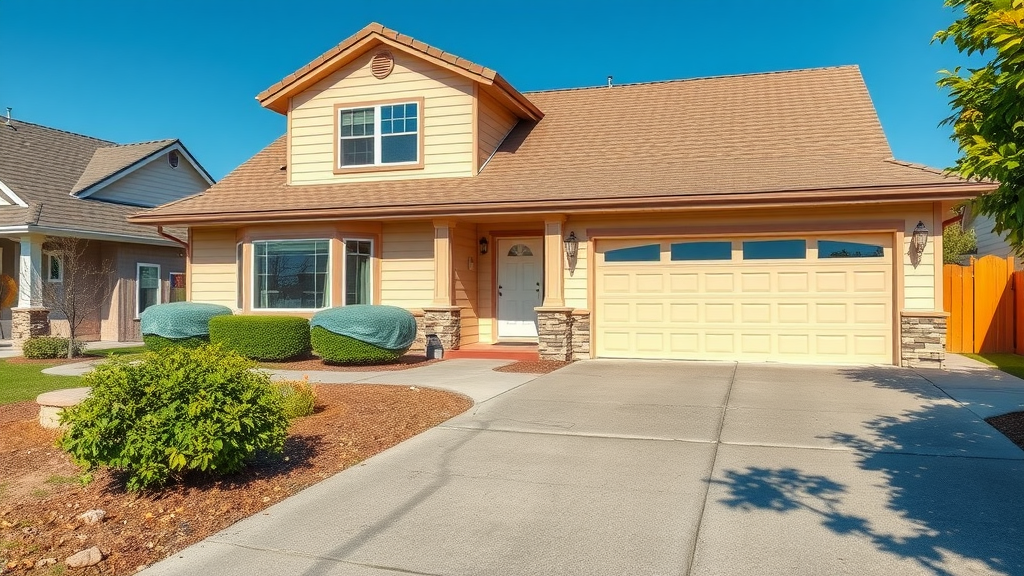
I
Protective Coverings for Attic and Interior Walls
Inside your home, especially in the attic, cover boxes, furniture, and valuables with tarps or plastic sheets to shield them from dust and debris. Remove or securely pack fragile items that could vibrate loose from shelves or walls. These precautions preserve the condition of your belongings despite the unavoidable disturbances during roofing.
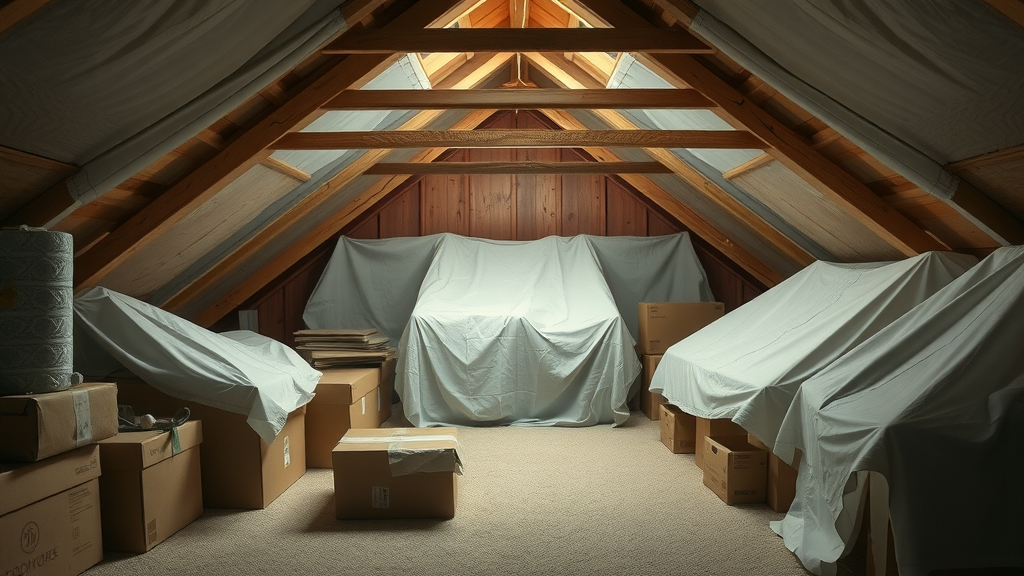
Neat attic space with boxes and furniture covered by tarps, clean and organized, precautionary protection,
Communicating and Coordinating During Roofing Projects
Clear communication with neighbors and roofing contractors is essential to minimize disruptions and ensure everyone understands the project timeline and logistics.
Informing Neighbors About Your Roofing Project
A polite heads-up to neighbors about upcoming roofing work helps prepare them for noise and activity, fostering good relations and preventing conflicts. Effective neighbor communication is often overlooked, but it can significantly ease the construction period for everyone.
Ensuring Access and Utilities for Roofing Contractors
Ensure contractors have unobstructed access to outdoor power outlets or discuss alternative arrangements early to avoid delays. A professional roofing contractor setting up equipment near a house with accessible power outlets exemplifies the level of coordination needed for efficient and safe roofing projects.
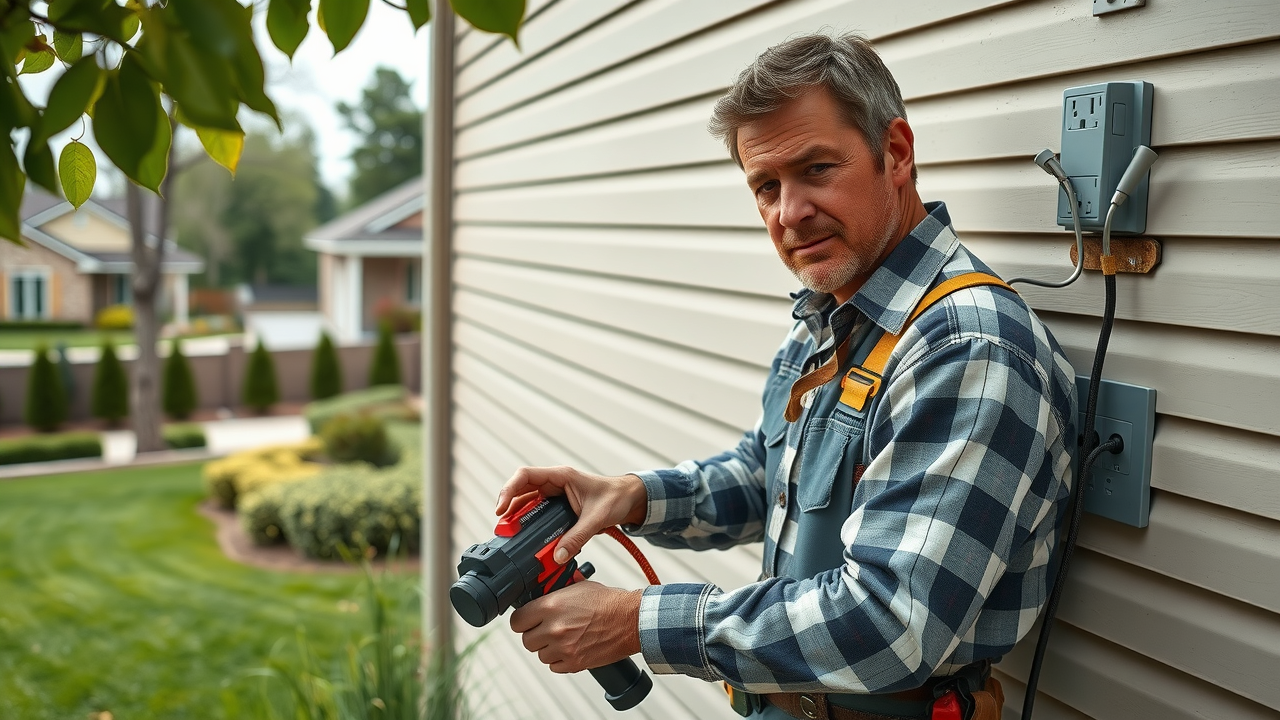
Image description: Professional roofing contractor setting up equipment near house with accessible power outlets, focused expression, efficient roofing project, photorealistic high fidelity lifelike, suburban neighborhood background, natural daylight, shot with a 35mm lens.
Planning for Pets and Children During Roof Repair or Replacement
Roofing noise and unfamiliar workers can be stressful for pets and children. It’s important to create safe, quiet zones inside the home or arrange outings during peak work hours to limit their exposure and anxiety.

Image description: Cozy interior room with children and pet dog playing safely, joyful expressions, family comfort during home renovation, photorealistic high fidelity lifelike, bright cheerful living room, highly detailed, soft warm tones, window light, shot with a 50mm lens.
Expert Insights on Protecting Your Home During Roofing Projects
John Smith, of Pro Roofing, advises, Homeowners should never underestimate the importance of protective coverings and clear communication with their roofing contractor to ensure a smooth roof replacement process. His extensive experience highlights the value of foresight in preventing common interior damages during roofing.
Common Mistakes to Avoid When Protecting Your Home Interior
Many homeowners omit tarping attic belongings or rush preparations, leading to costly repairs. Other mistakes include neglecting to clear outdoor work areas, failing to inform neighbors, and overlooking pets’ and children’s comfort. Avoiding these errors by following a systematic plan helps maintain home integrity throughout roofing jobs.
Actionable Tips to Protect Your Home Interior During Roofing
-
Clear driveway and yard of vehicles and furniture.
-
Cover or remove delicate plants and outdoor decorations.
-
Use tarps to protect attic belongings.
-
Remove fragile items from interior walls and shelves.
-
Inform neighbors about the roofing schedule.
-
Ensure contractor access to power outlets.
-
Plan safe spaces for pets and children.

have a organized checklist
People Also Ask: FAQs About Protecting Your Home During Roof Repair and Replacement
Can you live in a house while the roof is being repaired?
Yes, you can generally live in your home during roof repairs, but be prepared for noise and some disruption. Taking precautions to protect your home interior and creating quiet zones can help maintain comfort and safety.
Is it safe to stay home during roof replacement?
Staying home is safe as long as you keep clear of the work area, secure pets and children, and communicate with your contractor about daily schedules. Ensuring all safety protocols are followed reduces risks significantly.
How to protect landscaping during roof replacement?
Cover plants with tarps or protective nets, move delicate garden features away from the house, and clear pathways to prevent accidental damage by workers or debris.
Does a roofer need to come inside your house?
Most often, roofers do not need to enter the main living areas of your home. However, access to the attic may be necessary for certain tasks. It’s important to discuss access points with your contractor to prepare accordingly.
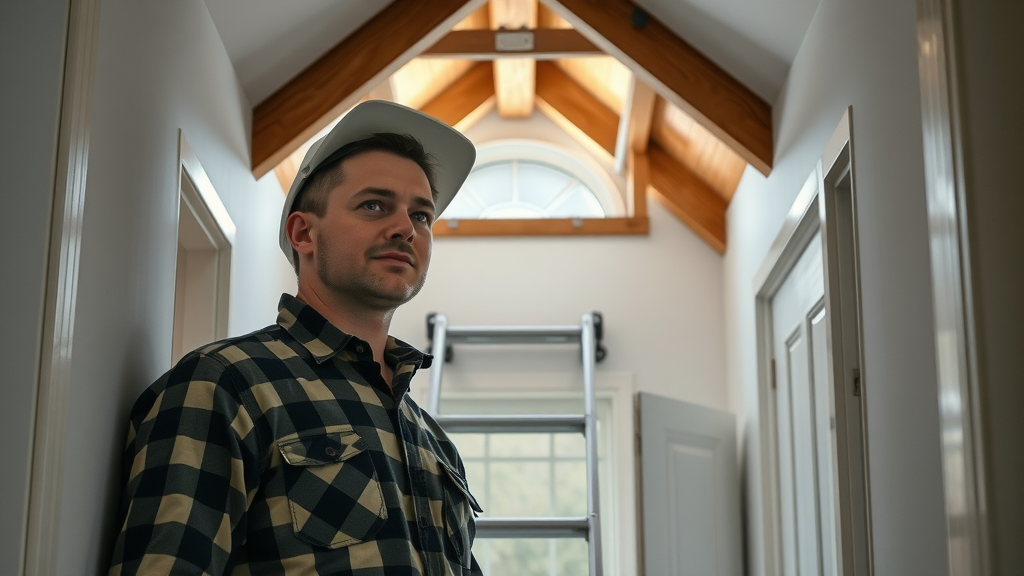
Image description: Modern roofer inspecting attic entrance, neutral expression, assessing for access without entering main interior, photorealistic high fidelity lifelike, inside home hallway with attic pull-down ladder, highly detailed, soft indoor shadowed lighting, shot with a 35mm lens.
Protect Home Interior During Roofing: Step-by-Step Table Guide
|
Step |
Action |
Purpose |
|---|---|---|
|
1 |
Clear driveway and yard |
Provide safe workspace and prevent damage |
|
2 |
Cover attic belongings |
Protect from dust and debris |
|
3 |
Remove fragile interior items |
Avoid damage from vibrations |
|
4 |
Inform neighbors |
Manage noise expectations |
|
5 |
Ensure power access |
Facilitate contractor work |
|
6 |
Plan for pets and kids |
Ensure safety and comfort |
Key Takeaways for Protecting Your Home Interior During Roofing Projects
-
Preparation is critical to avoid interior damage during roof repair or replacement.
-
Protective coverings and clearing the area safeguard your property effectively.
-
Clear communication with contractors and neighbors ensures smooth project execution.
-
Planning for pets and children reduces stress during roofing projects, preserving household comfort.
Conclusion: Ensuring a Smooth and Safe Roof Replacement
Protecting your home interior during roofing is essential to preserving your property’s beauty, safety, and value. By taking careful preparatory steps such as clearing the surrounding area, covering attic items, communicating clearly, and planning for your family’s needs, you can minimize risks and ensure a smooth roofing project. As John Petrozzi of Fiddler Roofing, advises, proactive protection is the best investment to avoid costly repairs and unnecessary stress during your roof replacement.
Start implementing these protection strategies today to safeguard your home interior during roofing and enjoy peace of mind throughout your renovation journey.
If you’re looking to take your home maintenance to the next level, understanding why roof care matters is just as important as knowing how to protect your interior. Discover the broader benefits of a well-maintained roof, from energy efficiency to long-term property value, by exploring
these twelve essential reasons to keep your roof in top condition
. This deeper perspective can help you make smarter decisions for your home’s future and ensure every aspect of your property is protected for years to come. Take the next step in proactive homeownership and unlock the full value of your roofing investment.
To further enhance your understanding of protecting your home’s interior during a roofing project, consider exploring the following resources:
-
“How to Protect Your Home During Roof Repair or Replacement?”
(
lorddecor.com
) -
“7 Essential Safety Precautions for Your Interiors During Roof Replacement”
(
gvroofs.ca
)
These articles provide detailed strategies and precautions to safeguard your home’s interior during roofing projects, ensuring your belongings and living spaces remain protected.

